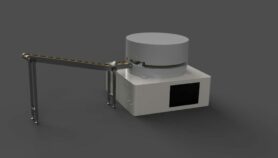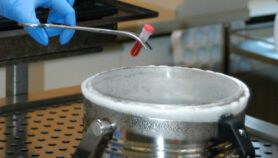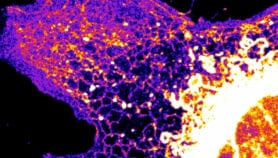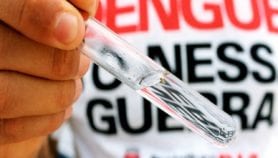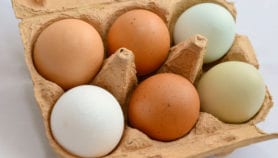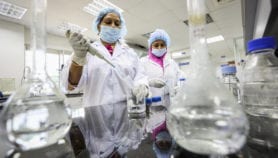By: Ochieng’ Ogodo
Send to a friend
The details you provide on this page will not be used to send unsolicited email, and will not be sold to a 3rd party. See privacy policy.
Fortifying cereals with a type of iron supplement reduces anaemia, iron-deficiency anaemia and general iron deficiency in children in developing countries, according to new research.
The study ― led by Pauline Andang’o of the Kenya Medical Research Institute (KEMRI), Centre for Public Health Research (CPHR) ― was published in The Lancet medical journal last week (26 May).
"Fortification of staple cereal flours could be a cost-effective, sustainable way to improve iron status in developing countries," write the authors.
The researchers studied 516 children aged 3–8 years from four schools in Marafa, Kenya.
The children were randomly assigned to four groups and given the same amount of porridge five times a week. The porridge was made from whole-maize flour, which is commonly eaten by poor families.
The porridge given to one group contained unfortified flour. The other groups received porridge fortified with either a high dose of the iron formulation sodium iron edetic acid (NaFeEDTA), a low dose of the same formulation, or a dose of electrolytic iron ― a commonly used iron supplement.
Concentrations of three blood compounds ― haemoglobin, plasma ferritin and transferrin receptor ― were analysed in samples taken at the start and end of the five-month study. These compounds are indicators of iron status.
The prevalence of iron-deficiency anaemia in children who received unfortified flour was ten per cent, 90 per cent higher than in children who had received high-dose NaFeEDTA. The high dose of NaFeEDTA also decreased the level of anaemia, and increased levels of all iron indicators.
Low-dose NaFeEDTA reduced iron deficiency but not anaemia. In contrast, the electrolytic iron had no effect.
According to David Mwaniki of the CPHR, the study has proved that this new formulation can improve nutrition significantly while the conventionally used electrolytic iron has little or no effect in improving iron status in the blood.
"This study will go a long way in addressing iron deficiency anaemia, not only in developing countries but the entire world," he said.
According to Mwaniki, iron is one of the most critical minerals in the body, used in carrying oxygen to the brain. Children who are anaemic have short attention spans; because their brain requires oxygen, they struggle in education.
Though the study only lasted five months, the authors say that because iron stores rapidly increase if supplements are continuously taken, the difference between the two forms of supplement would be even greater in the long term.
Link to summary in The Lancet*
*Free registration is required to view this article.
Reference: The Lancet 369, 1799 (2007)


